Here are 10 things we expect from the smartphone industry throughout 2016

With a diverse and intriguing year 2015 now behind us, it's time to turn our attention to what fresh new stuff next year might bring in terms of mobile technology and industry changes!
Being the tease artists they are, smartphone manufacturers have been alluding towards, or flat out revealing their intentions to surprise us with forward-looking technology next year. Be it hint drops amidst dry lines of quarterly reports, leaked patent drawings, or educated analyst whims, putting together a list of expectations for an upcoming year hasn't been this fun in a long while!
Smartphone users will surpass 2 billion worldwide

'Grr, 2 billion users are sending complaints right now?!'
Foldable smartphones will be the industry's Transformers
When it comes to whacked-out smartphone designs, you can trust the South Korean greats — Samsung and LG — to knock it out of the park! While LG has dropped clues about foldable smartphones, over at Samsung's, we've got full-blown patent drawings and conceptual renders showing a smartphone unlike any other out there — one that literally folds into itself, thanks to a hinge mechanism. It's a natural progression from those flexible displays that devices such as the LG G Flex 2 and the Samsung Galaxy S6 edge have been flaunting throughout 2015. And truth be told, we can't wait to see what smartphone designers will come up with once their hands are untied by flexible OLED displays' acrobatic potential!
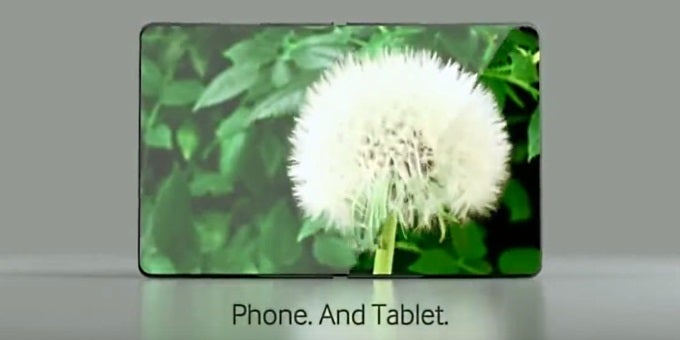
'If you fold it, they will come!' — Samsung and LG
Struggling smartphone vendors will continue down the path of evanescence
IDC, the analyst house that tech-Nostradamus built, claims that over 2016 and the next four to five years, more than 30 percent of IT vendors "won't exist as we know them today.” That is, nearly one-third of the vendors fighting for a piece of the market today will be out of business, shrunken exponentially, or assimilated in mergers.
In our review of 2015's smartphone vendor performance revealed that, save for Apple, Samsung and a handful of Chinese OEMs, smartphone makers are barely breaking even, bleeding money, or largely unprofitable. LG, Sony, HTC, and BlackBerry, in particular, are in a difficult place right now. As analysts don't suggest a significant shift in power will take place over the next five years, we can see how said "underdog" companies' mobile businesses will continue to dwindle in 2016.

One door closes, another door opens!
4K-resolution screens will turn flagship smartphone centerpieces
Hold up, 4K resolution screens are a reality already! The Sony Xperia Z5 Premium is able to reproduce 4K-resolution content pixel for pixel, while staying locked into a reasonably sharp 1080p resolution for standard everyday usage. It's only natural for the competition to catch up to that when the time is right, and vendors can't afford to waste time in such a fast moving industry! Thus, we are quite likely to see the first 4K display handsets and tablets from the likes of Samsung, Xiaomi, LG (and other successful vendors whose supply chains run deep) pop up in 2016. Given that both the display technology and the processing muscle needed to drive said displays are already in their late stages of accomplishment, we expect a full-on 4K screen assault no later than the second half of next year.

Xperia Z5 Premium - so many pixels!
Iris scanning security will hyper-jump from sci-fi movies right into the consumer space
If you thought it's only pass codes, fingerprint scanning, and nothing else in store for the near future, you've got another thing coming! Biometrics is the new big thing in mobile security, and aside from most recent hi-end smartphones having fingerprint scanners popping up at all sorts of places, Microsoft is already giving iris pattern recognition a good push with the Windows Hello feature found in its new Lumia handsets!

Eye-fu could be the new kung-fu in smartphone defence!
Superfast charging will beat fast charging in the battery filling race
Some handsets out there already charge amazingly fast, but device makers seemingly won't stop improving the technology until li-ion batteries charge to full capacity faster than you can say "milliampere per hour".
Meanwhile, the average ~3000mAh unit powering most Android flagships will take about five minutes to get to 48% if it employed the same tech. So, with these developments in motion, we already feel entitled to some really fast charging smartphones throughout 2016!

Let's hope those batteries won't be glowing red-hot with electrons...
Proactive and contextually aware mobile assistants will get even smarter... bordering on dangerous!
Once upon a time, mobile smartphone assistants used to answer to a bunch of straightforward voice commands and make your phone carry out simple, but welcome duties. Dial mom, launch email, open notes, et cetera. Today, though, the likes of Google Now, Apple's Siri, and Microsoft's Cortana have become sentient beings that readily serve you contextually relevant information when you need it most. Based on your data and device usage patterns, the mobile assistants collect and generate meaningful information, such as daily commuting routes, prompts to add events mentioned in conversations inside the scheduler, or invite all your friends to a gathering when you start texting — yep, cool stuff like that!

We have nothing against Cortana becoming sentient, if she really looks like this!
Mobile payment systems will spread out, and most smartphone makers are probably making one each
Ever since Apple debuted its fingerprint-secured Apple Pay mobile transactions system, competitors from Android land have scrambled to catch up to it and present an alternative. Samsung (being Samsung) was the first to step forth and retaliate with its Samsung Pay service, available in South Korea and the United States. Then, Google went on to implement fingerprint security and mobile payments interfaces into Android Marshmallow, which has opened the gates to those eager to roll their own paying system. LG is the latest to foray into mobile financial ventures, launching LG Pay in partnership with select Korean credit card firms.
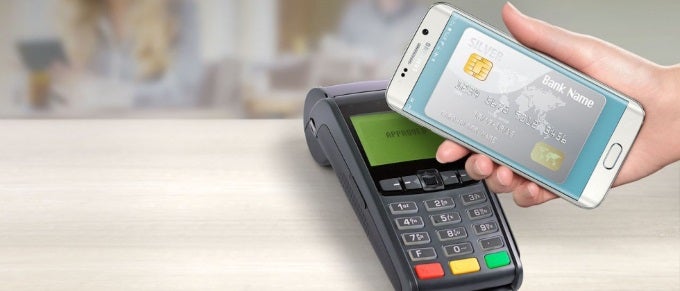
Samsung Pay, Samsung don't Pay!
USB Type C could become commonplace, eventually rendering old USB standards obsolete
The latest USB Type C port has already started showing up on mobile devices, but we reckon this killer connectivity combo will become most popular next year, as the technology involved matures and becomes widespread. Featuring a port design that's been set in stone, and supporting wide data throughput, high charging currents, and almost every USB connection standard out there, the Type C port may eventually replace USB OTG, micro and mini-USB cables, and charging and display connection ports. Simply put, USB Type C is USB at its most advanced, and we'd love to have it on more devices next year.
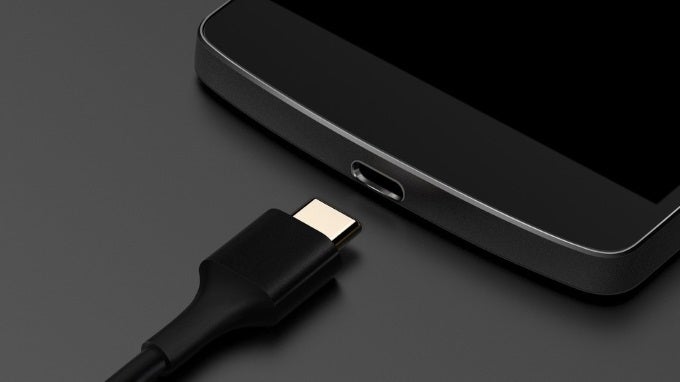
USB Type C — one port to rule them all?
Android will stay the most widespread mobile device and IoT platform
Is anyone worried about Android's position as the world's most popular operating system? If so, worry not! According to esteemed research firm IDC's projections, Android will hold onto its position for the next five years, at least, driven mainly by sales of Samsung products. Google's operating system is poised to retain its leadership, iOS is to gain more mobile operator partnerships, and the underdogs — Windows & BlackBerry — will undergo major changes in order to attract more customers. After all, there will be some 2.3 billion mobile phone subscribers in 2016, so there will be plenty of room for everyone to compete!

The world map will only get greener as time goes by!
References:
Android to lead smartphone charge through 2016 - BeQuick
5 IT industry predictions for 2016 from Forrester and IDC - Forrester & IDC
2 Billion Consumers Worldwide to Get Smart(phones) by 2016 - eMarketer
Follow us on Google News



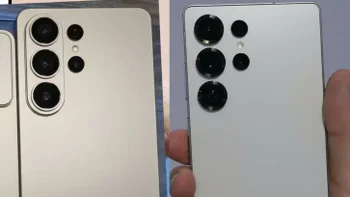


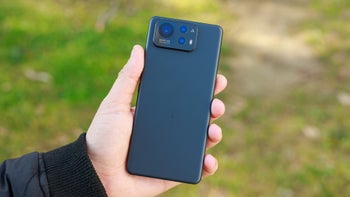







Things that are NOT allowed:
To help keep our community safe and free from spam, we apply temporary limits to newly created accounts: